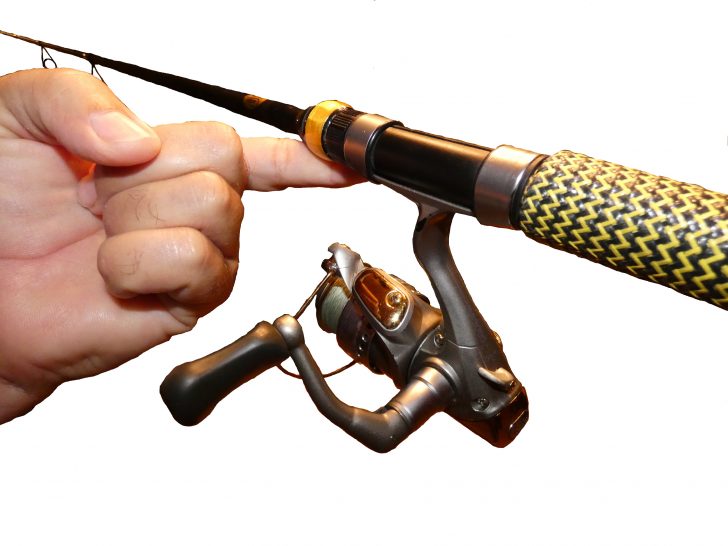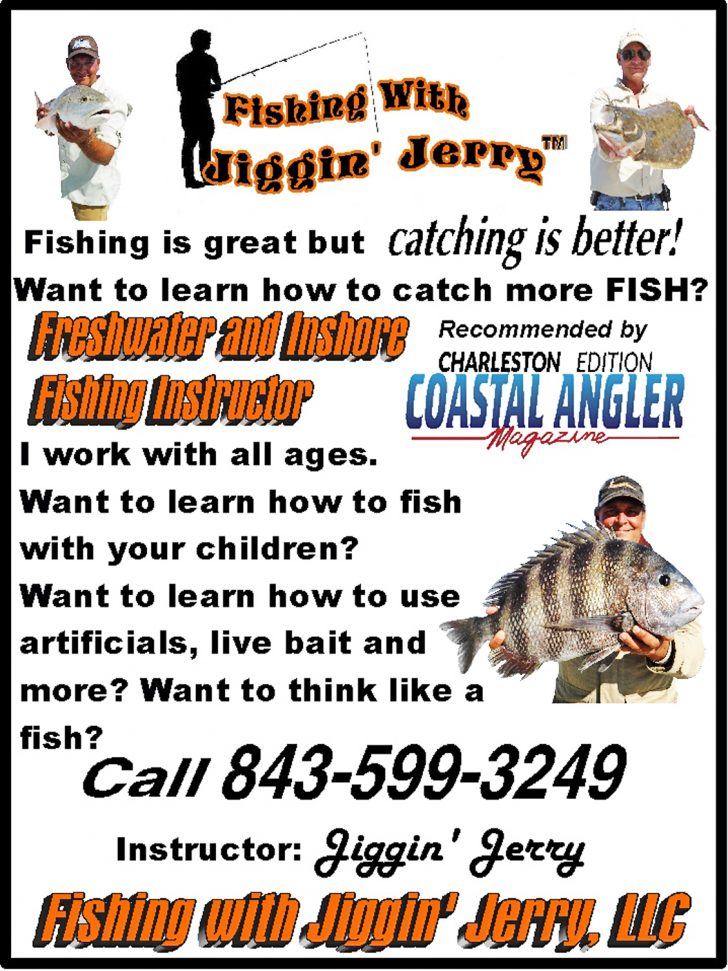Spring is finally here in the Lowcountry. Soon our water temperatures will start to rise and marine species that have moved out to sea for the winter will start to return, filling our local estuaries and harbors again.
This will excite any inshore angler. Anglers will start to fill their arsenal of lures with all types.
After all, another one of our favorite seasons to target the inshore slam (consisting of Red Drum, Spotted Seatrout and Flounder) is the spring, and using artificials is one of our favorite techniques.
Some of us start replacing the line on our reels, cleaning up our rods and, of course, what could be better than buying a brand new rod and reel combo for the task?
But there are some things to think about when getting ready that may be overlooked. We are usually concentrating on stocking up on an assortment of lures, like artificial Shrimp, Paddle Tail Grubs, Curly Tail Grubs, imitation Mullet, and of course, an assortment of hard lures.
But once we have all these lures, we intend to throw them out on our fishing rods all day long in most cases. So when it comes to the rod and reel we are using to accomplish this, there are some important things to keep in mind.
One is repetitive casting. It is important to use a reel that can handle continuous opening and closing of the bail and repetitive reeling cast after cast and a rod that has quality guides that can handle the friction of your line continuously moving back and forth.
If not, you may find yourself losing that monster fish that you worked so hard to target and hook by equipment failure.
This means the reel must be light and have a reasonable amount of corrosion resistant ball bearings.
This will help with wrist fatigue and continuous operation, but as time goes on, reel companies have decided to have sort of a competition and are trying to make their reels lighter and lighter.
Now don’t get me wrong. Like I said a moment ago, light is good, but then there can be reels that are too light. This is where balance comes in.
When you are using a 7-foot rod, the heavier the action, the heavier the rod. The longer the rod, rods that exceed 7 foot, the heavier the rod becomes towards the end, what we refer to as front heavy.
When a rod is front heavy, this means the rod is not balanced, and as you cast and work the rod, moving your bait around, it generates serious wrist fatigue and could cause future damage to the wrist and hand.
Most anglers try to keep their rod and reel combinations that they use for artificials around 6 foot, 6 inches or 7 foot.
When paired with a reel that is around 8 ounces, this will usually generate a nice balance right at your fingertips while holding the reel and the rod.
When this happens, an angler can easily move his wrist back and forth, working his artificial baits continuously without major fatigue, making for a comfortable day of fishing.
Some of the new reels that are on the market are around 7 ounces and even 6.5 ounces in a 3000 size reel. This will make even some of the lightest rods front heavy.
There are some custom rods that are designed to receive different size weights that are placed in the handle of the rod to compensate for the difference of the reel being so light, allowing the angler to balance the rod.
Of course, these rods are usually quite expensive, so just keep in mind when you are pairing up your rod and reel, you might want to check the balance before you commit.
After all, if you love fishing like I do, you want to be able to move your wrist and your hand for years and years and years to come.
Yes, I know some of those brand new super, super light reels look fantastic. I like a number of them myself, but somewhere along the line, the engineers are just not thinking everything out.
Remember, the tips in this article only apply for combinations you are using for inshore fishing with artificials, not rods and reels that are used for cut bait and live bait that are intended to just sit in a rod holder.
Those combinations are not considered for repetitive casting and reeling of artificials.
I hope this helps while you are trying to get ready for the season, and remember, the right balance can make the difference.
Like I always say, good luck out there and have fun fishing!
To view some fishing adventures, go to my YouTube Channel Fishing With Jiggin Jerry.
LEAVE COMMENTS AT THE BOTTOM!
You may also enjoy reading
Artificial Intelligence ~ Tools Of The Trade
Becoming a Puppeteer Fisherman







